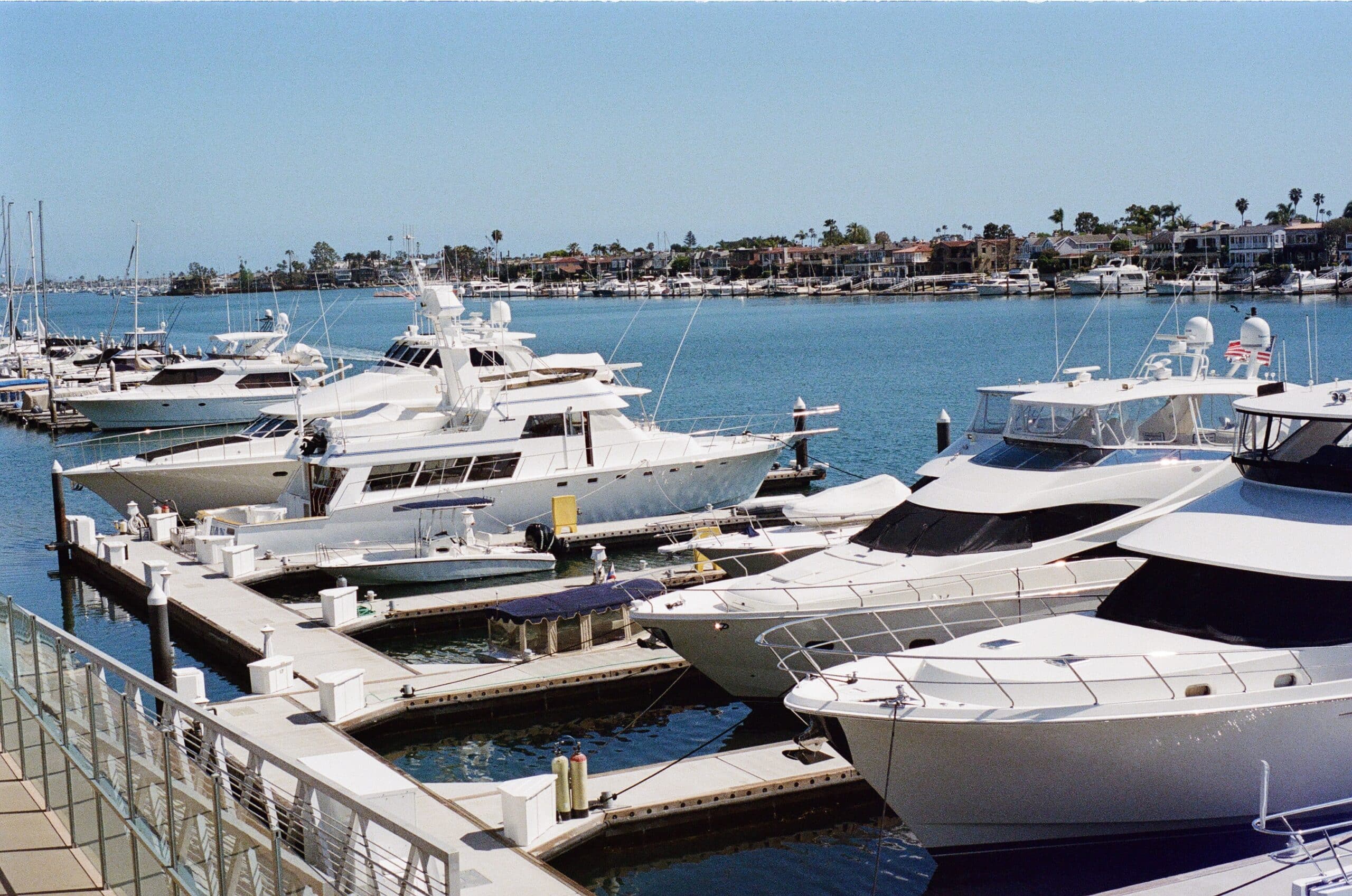If you’re a vessel owner, you know that boat haul-out is an absolute must. It is necessary for regular maintenance and repairs to ensure that your boat stays in good condition. And as the end of the boating season is nearing, it is time to store your vessels for the winter. Even if you live in a warmer climate with less harsh winters, there are still some valuable maintenance procedures you can implement at this time of year.
Haul out is highly recommended for annual maintenance and cleaning purposes, relocating the vessel or treating areas susceptible to wear and tear or moisture damage.
Table of Contents
- [While the procedures can be daunting, experts suggest doing it right to protect your vessel throughout the colder seasons. That said, this blog provides a comprehensive checklist for boat owners to follow, to ensure a successful haul out.
What to Do Before the Haul Out?](#While_the_procedures_can_be_daunting_experts_suggest_doing_it_right_to_protect_your_vessel_throughout_the_colder_seasons_That_said_this_blog_provides_a_comprehensive_checklist_for_boat_owners_to_follow_to_ensure_a_successful_haul_out_What_to_Do_Before_the_Haul_Out)
-
Shrink-wrapping Your Boat: Simple, but Effective Form of Protection
-
[In conclusion, regular haul-outs can help detect mechanical, chassis, or secondary problems before they can incur serious damage.
About DockMaster Inc.](#In_conclusion_regular_haul-outs_can_help_detect_mechanical_chassis_or_secondary_problems_before_they_can_incur_serious_damage_About_DockMaster_Inc)
As per reports, mechanical failure was one of the five main reasons leading to boat accidents in 2021, further emphasizing the importance of timely maintenance. That said, hauling out your boat before winterizing ensures your boat is in optimal condition when spring comes around. Here are some expert pre-haul-out tips to follow, as you proceed:
-
Mechanical test run: Take your yacht on a short spin to analyze the mechanical condition. Warm up the engine and proceed to run at high rpm to check whether it runs smoothly. If you cannot reach the maximum engine rpm, it is likely that there may be some issues.
-
Shaft seal test: During the boat haul out, analyze whether the bronze housing surpasses a temperature of 130 degrees Fahrenheit (which is a service indication). If your stuffing box contains dripless seals, check whether it’s in exact condition or if service is required.
-
Weight reduction: Your boat need not be heavier than usual while being carried out on land. Thus, ensure to drain any excess water, waste tanks or heavy materials onboard to bring back the weight to normal.
To read a detailed blog on how to winterize your boat, click here.
If you’re present while your boat is being carried out of the water, here are a few things you must cross-examine first:
-
Immediately pressure wash after boat haul out to ensure that the bottom is clean.
-
Examine for blisters on the wet surface and request to analyze the base with a moisture meter.
-
Once the bottom dries out, see for any wet patches or moisture and chalk out these areas for maintenance.
Hauling out your boat creates an excellent chance to carry out necessary maintenance tasks. Mentioned below are some additional boat maintenance tips in that context to help you increase your boat’s lifespan –
-
Paint the bottom: Check for areas with paint loss to recolor after cleaning the hull and leave it to dry before it sails into the waters again.
-
Check for corrosion: Being a common step during marine management, it’s important to examine all corners for signs of corroded exterior/interior to pursue anti-rusting treatment.
-
Examine anode condition: If you find a higher number of eroded anodes, it’s an indication of replacement. Although zinc is widely popular, aluminum is a more eco-friendly alternative for fresh-water boating.
Shrink-wrapping a boat before winter is of paramount importance in maintaining its longevity and protecting it from harsh weather conditions. Winter presents numerous challenges for boats, such as freezing temperatures, snow, ice, and prolonged exposure to moisture. Shrink-wrapping acts as a robust barrier against these elements, serving as a protective shield for the boat’s exterior.
The shrink-wrap material used in the process is made from high-quality, durable polymer film that tightly envelops the entire boat, creating a sealed environment. This barrier prevents moisture from seeping into the boat, safeguarding it against potential damages caused by water intrusion. Moreover, shrink-wrapping acts as a safeguard against snow accumulation by providing a structurally rigid covering that can withstand the weight of heavy snowfall.
In addition to its protective qualities, shrink-wrapping also helps to prevent the growth of mold and mildew. By creating a sealed environment, it effectively restricts the entry of moisture, which is conducive to the growth of these harmful agents. This is especially crucial for boats that are stored outdoors during the winter months.
Furthermore, shrink-wrapping a boat has the added benefit of deterring pests and critters from taking refuge within the vessel. The snug fit of the shrink-wrap discourages rodents, birds, and insects from accessing the boat’s interior and potentially causing damage.
Beyond the protective aspects, shrink-wrapping a boat before winter also simplifies post-winterization processes. Removal of the shrink-wrap is a straightforward task, and it eliminates the need for extensive cleaning or extensive maintenance that would otherwise be required if the boat were exposed to the elements throughout the winter.
DockMaster is an industry-leading marine management system for marinas, boatyards, and boat dealerships. Visual Marina™ management includes storage & billing, occupancy tracking, reservations, and dry stack management, including integrations to leading consumer applications for boat rentals, online reservations, concierge/launch scheduling, and our new fuel integration with FuelCloud. To request a free demo, click here.
